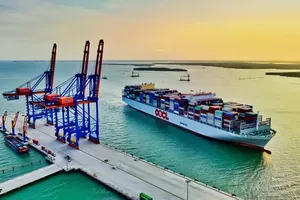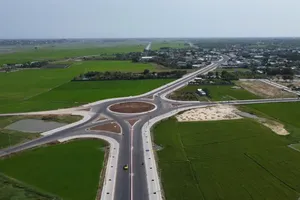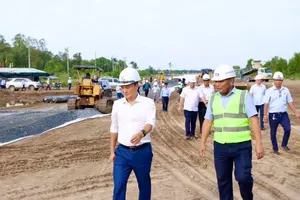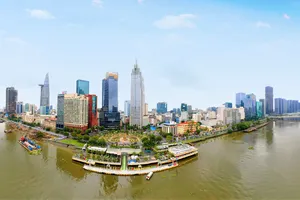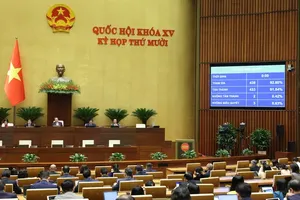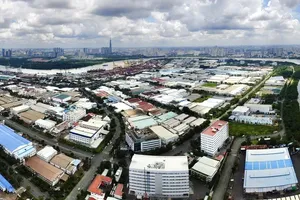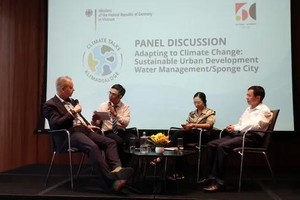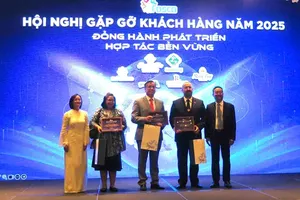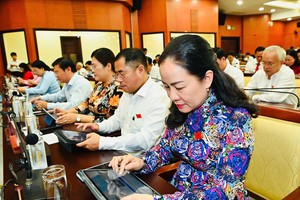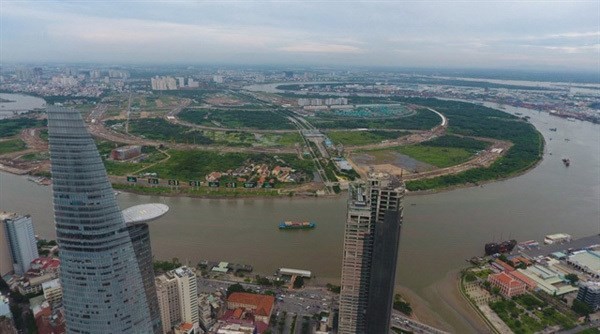
The management of the urban area said 198 households in Binh Khanh ward and some neighbouring areas have the legal deeds that make them eligible for the land plots within the area. They are allowed to build a maximum of four floors.
The city People’s Committee has instructed the management to complete infrastructure like electricity, water supply and sewage system before handing over the land to the resettled households.
They lived on a 4.3ha area outside the originally planned Thu Thiem new urban area, but “the city government illegally took their land”, according to the Government Inspectorate.
Recently, the city approved compensation and resettlement for more than 330 households whose lands have been acquired, with those with ownership deeds getting new lots of equivalent size and others who lived on land lots since before October 1993 getting 30-40 percent of their holding (but not more than 200sq.m).
Households with agricultural lands, whether with or without documents, will get land lots of equivalent size, but to convert them into residential land, they need to pay the normal fees based on September 2018 rates.
Households who had less than 36sq.m of land will be resettled in condominiums instead.
Those who had more than 200sq.m will get 200sq.m in land and the value of the rest in cash based on official rates on May 7.
Speaking at a recent meeting, Le Thanh Liem, Vice Chairman of the People’s Committee, said the affected households would begin to get new land lots, apartments and cash next month.
The 657ha Thu Thiem new urban area is on the namesake peninsula facing District 1 across the Sai Gon River.
The proposed financial district and mixed-use urban area was expected to become the largest inner-city development in Southeast Asia when it was approved in 1996.
It took more than 10 years to acquire the land, with nearly 15,000 households already resettled.
More than 99 percent of the land has been cleared.
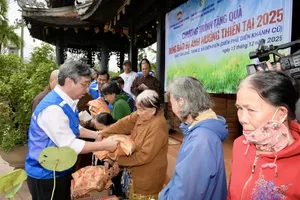

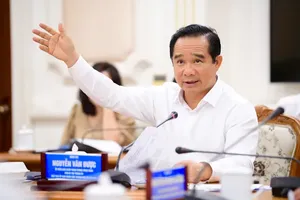
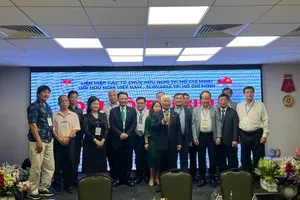

)
